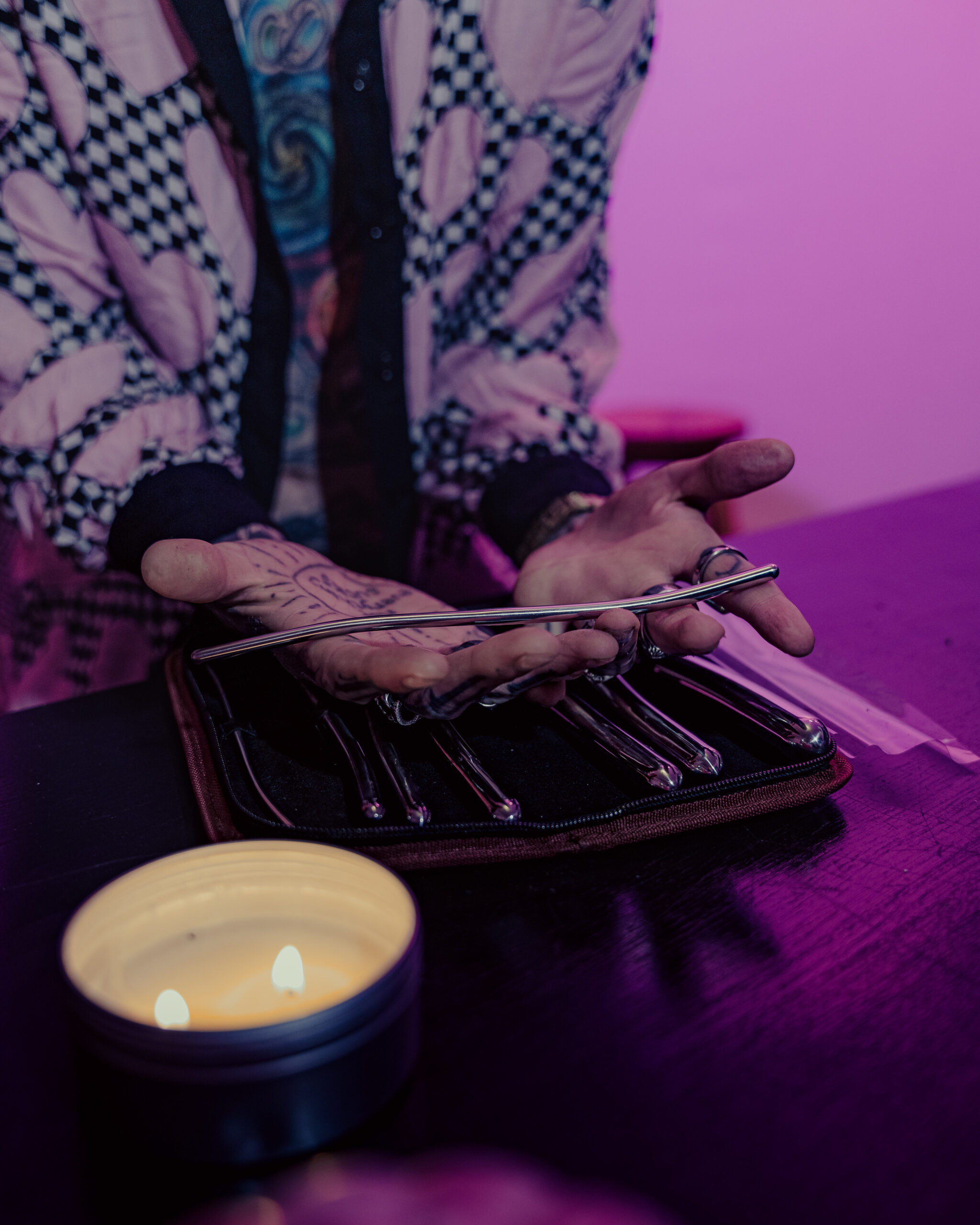Understanding Pansexuality
Pansexuality, a sexual orientation characterized by attraction to people regardless of gender identity or expression, has gained increasing visibility in recent years. However, understanding its nuances, particularly the fluidity it often encompasses, is crucial for fostering inclusivity and navigating modern relationships.
Defining Pansexual Identity
Unlike traditional models of sexual orientation that often categorize individuals based on strict binary notions of male and female, pansexuality embraces a broader spectrum of gender identities. Pansexual individuals may be attracted to men, women, transgender people, non-binary individuals, and anyone else, regardless of their gender presentation.
This fluidity extends beyond attraction itself. A pansexual person’s desires and experiences can evolve over time, influenced by personal growth, cultural shifts, and individual encounters. What resonates with one person might not resonate in the same way later on. This dynamic nature of pansexuality challenges rigid expectations and encourages open-mindedness within relationships.
In modern relationships, understanding this fluidity is essential for creating a safe and accepting environment. Communication becomes paramount, allowing partners to express their evolving needs and desires honestly and respectfully. Flexibility and adaptability are key, recognizing that a relationship’s dynamic may shift as individuals grow and change within the pansexual spectrum.
Beyond the Binary: Embracing All Gender Expressions
Pansexuality challenges conventional understandings of sexuality by extending attraction beyond the confines of a binary gender system. It encompasses a broad spectrum of gender identities, welcoming individuals who identify as male, female, transgender, non-binary, or any other gender expression. This inclusivity recognizes that gender is a complex and multifaceted aspect of human experience.
Furthermore, pansexuality often involves a fluidity that extends beyond attraction itself. A pansexual person’s desires and experiences may evolve over time, shaped by personal growth, evolving societal norms, and unique encounters. This dynamic nature necessitates open communication and adaptability within relationships, allowing partners to navigate these changes together with understanding and respect.
Embracing the fluidity of pansexuality requires a shift away from rigid expectations and a willingness to engage in honest conversations about evolving needs and desires. By fostering an environment of acceptance and understanding, modern relationships can thrive in their own unique and dynamic ways.
The Spectrum of Attraction
Pansexuality, a sexual orientation characterized by attraction to people regardless of gender identity or expression, has gained increasing visibility in recent years. Understanding its nuances, particularly the fluidity it often encompasses, is crucial for fostering inclusivity and navigating modern relationships.
Unlike traditional models of sexual orientation that often categorize individuals based on strict binary notions of male and female, pansexuality embraces a broader spectrum of gender identities. Pansexual individuals may be attracted to men, women, transgender people, non-binary individuals, and anyone else, regardless of their gender presentation.
This fluidity extends beyond attraction itself. A pansexual person’s desires and experiences can evolve over Lumispa Face Care time, influenced by personal growth, cultural shifts, and individual encounters. What resonates with one person might not resonate in the same way later on. This dynamic nature of pansexuality challenges rigid expectations and encourages open-mindedness within relationships.
In modern relationships, understanding this fluidity is essential for creating a safe and accepting environment. Communication becomes paramount, allowing partners to express their evolving needs and desires honestly and respectfully. Flexibility and adaptability are key, recognizing that a relationship’s dynamic may shift as individuals grow and change within the pansexual spectrum.
Navigating Fluidity in Relationships
Pansexuality, an increasingly recognized sexual orientation characterized by attraction to people regardless of gender identity or expression, brings unique dynamics to modern relationships. It challenges traditional notions of sexuality, embracing a broader spectrum of gender identities and expressions.
Fluid Attractions and Relationship Dynamics
Pansexuality, unlike traditional models of sexuality that often adhere to binary classifications, encompasses a wider range of gender identities. Individuals who identify as pansexual are attracted to people regardless of their gender presentation – men, women, transgender individuals, non-binary people, and anyone else.
This inclusivity extends beyond attraction. A pansexual person’s desires and experiences can shift and evolve over time, influenced by personal growth, cultural changes, and individual encounters. This inherent fluidity emphasizes the importance of open communication and adaptability within relationships.
Modern relationships that embrace pansexuality thrive on honest conversations about evolving needs and desires. Partners should be willing to navigate these changes together with understanding and respect, recognizing that a relationship’s dynamic may shift as individuals grow and evolve within the pansexual spectrum.
Understanding and accepting this fluidity is essential for fostering inclusive and fulfilling relationships.
Communication and Consent: Building Trust
Pansexuality, characterized by attraction to people regardless of gender identity or expression, adds a layer of complexity and dynamism to modern relationships. It challenges traditional binary understandings of sexuality, embracing a spectrum of gender identities. This inclusivity means that pansexual individuals may be attracted to men, women, transgender people, non-binary individuals, and anyone else, regardless of their gender presentation.
Beyond attraction, pansexuality often involves fluidity in desires and experiences. A person’s attractions and preferences can evolve over time, influenced by personal growth, cultural shifts, and individual encounters. What resonates with one person might not hold the same significance later on. This dynamic nature emphasizes the importance of open communication and adaptability within relationships.
In modern relationships, understanding and embracing this fluidity is key to creating a safe and accepting environment. Partners need to be comfortable expressing their evolving needs and desires honestly and respectfully. Flexibility and willingness to adapt are crucial, recognizing that a relationship’s dynamic may shift as individuals grow and change within the pansexual spectrum.
Ultimately, navigating the fluidity of pansexuality requires moving beyond rigid expectations and embracing a mindset of openness and acceptance. By fostering honest communication and adaptability, modern relationships can thrive in their own unique and dynamic ways.

Respecting Individual Needs and Boundaries
Pansexuality, characterized by attraction to people regardless of gender identity or expression, adds a layer of complexity and dynamism to modern relationships. It challenges traditional binary understandings of sexuality, embracing a spectrum of gender identities. This inclusivity means that pansexual individuals may be attracted to men, women, transgender people, non-binary individuals, and anyone else, regardless of their gender presentation.
Beyond attraction, pansexuality often involves fluidity in desires and experiences. A person’s attractions and preferences can evolve over time, influenced by personal growth, cultural shifts, and individual encounters. What resonates with one person might not hold the same significance later on. This dynamic nature emphasizes the importance of open communication and adaptability within relationships.
In modern relationships, understanding and embracing this fluidity is key to creating a safe and accepting environment. Partners need to be comfortable expressing their evolving needs and desires honestly and respectfully. Flexibility and willingness to adapt are crucial, recognizing that a relationship’s dynamic may shift as individuals grow and change within the pansexual spectrum. Ultimately, navigating the fluidity of pansexuality requires moving beyond rigid expectations and embracing a mindset of openness and acceptance. By fostering honest communication and adaptability, modern relationships can thrive in their own unique and dynamic ways.
Societal Perceptions and Challenges
Societal perceptions and challenges surrounding sexual orientation continue to evolve as understanding deepens and inclusivity becomes a growing priority. Pansexuality, an increasingly recognized orientation characterized by attraction to people regardless of gender identity or expression, presents unique dynamics within modern relationships.
Misconceptions and Stereotypes
Societal perceptions and challenges surrounding sexual orientation continue to evolve as understanding deepens and inclusivity becomes a growing priority. Pansexuality, an increasingly recognized orientation characterized by attraction to people regardless of gender identity or expression, presents unique dynamics within modern relationships.
- One major challenge stems from the persisting misconception that pansexuality equates to bisexuality. While there are overlaps, pansexuality specifically emphasizes attraction beyond the confines of a binary gender system, encompassing a wider spectrum of identities.
- Another hurdle is the struggle against stereotypes that often portray pansexual individuals as promiscuous or lacking commitment. These harmful generalizations fail to acknowledge the diversity of experiences within the pansexual community and perpetuate negative biases.
- Furthermore, a lack of accurate representation in media and popular culture can contribute to misunderstandings and limited acceptance. Increased visibility and diverse storytelling are crucial for fostering greater understanding and empathy.
Internalized Pressure and Identity Exploration
Societal perceptions and challenges surrounding sexual orientation continue to evolve as understanding deepens and inclusivity becomes a growing priority. Pansexuality, an increasingly recognized orientation characterized by attraction to people regardless of gender identity or expression, presents unique dynamics within modern relationships.
One major challenge stems from the persisting misconception that pansexuality equates to bisexuality. While there are overlaps, pansexuality specifically emphasizes attraction beyond the confines of a binary gender system, encompassing a wider spectrum of identities.
Another hurdle is the struggle against stereotypes that often portray pansexual individuals as promiscuous or lacking commitment. These harmful generalizations fail to acknowledge the diversity of experiences within the pansexual community and perpetuate negative biases.
Furthermore, a lack of accurate representation in media and popular culture can contribute to misunderstandings and limited acceptance. Increased visibility and diverse storytelling are crucial for fostering greater understanding and empathy.
Internalized pressure and identity exploration often intersect with societal perceptions, creating complex experiences for pansexual individuals. Growing up within environments that may not fully understand or accept pansexuality can lead to internalized feelings of shame, confusion, or fear of coming out.
This pressure to conform to societal norms can be particularly challenging during adolescence and young adulthood, a time when individuals are already grappling with their identities. The journey of self-discovery can be further complicated by a lack of positive role models or supportive communities that validate pansexual experiences.
Seeking out affirming spaces, connecting with other pansexual individuals, and engaging in open dialogue about these challenges are crucial steps in fostering self-acceptance and resilience.

Navigating societal pressures while exploring one’s pansexuality requires a commitment to self-reflection, honesty, and finding supportive communities. It’s a process of learning to define what pansexuality means personally, embracing fluidity, and advocating for greater understanding and acceptance.
Advocacy and Creating Inclusive Spaces
Understanding the nuances of societal perceptions and challenges is crucial for creating inclusive spaces where pansexual individuals can thrive. Societal attitudes towards pansexuality vary widely, ranging from acceptance to outright prejudice. Misconceptions about what pansexuality entails often persist, fueled by a lack of accurate information and representation.
One significant challenge lies in combating harmful stereotypes that portray pansexual individuals as promiscuous or lacking commitment. These generalizations are not only inaccurate but also perpetuate harmful biases. It’s essential to emphasize the diversity of experiences within the pansexual community, recognizing that relationships are formed based on individual desires and connections, regardless of sexual orientation.
Creating inclusive spaces requires fostering open dialogues about gender identity and expression, ensuring everyone feels safe and respected. This involves educating others about pansexuality, challenging discriminatory language, and promoting empathy and understanding.
Advocacy plays a vital role in dismantling societal barriers and creating a more equitable world for pansexual individuals. Supporting organizations that promote LGBTQ+ rights, participating in awareness campaigns, and speaking out against prejudice are all powerful ways to make a difference.
It’s also important to create inclusive spaces within our own communities—whether it be family, friends, workplaces, or schools. This can involve: using inclusive language, educating ourselves about pansexuality and other gender identities, challenging discriminatory behavior, and creating opportunities for open and honest conversations about sexuality.
Creating a truly inclusive society requires a multifaceted approach that addresses both societal perceptions and individual experiences. By fostering understanding, empathy, and respect, we can create a world where pansexual individuals feel safe, valued, and celebrated for who they are.
princess sex position
Kahh Spence Beauty
- Vista Edge Vape For Medical Cannabis Users: Pros & Cons - December 14, 2025
- Upper Face Anti Wrinkle Treatment Near Tatsfield, Surrey - December 12, 2025
- Upper Face Anti Wrinkle Treatment Near Ewhurst, Surrey - December 11, 2025
